
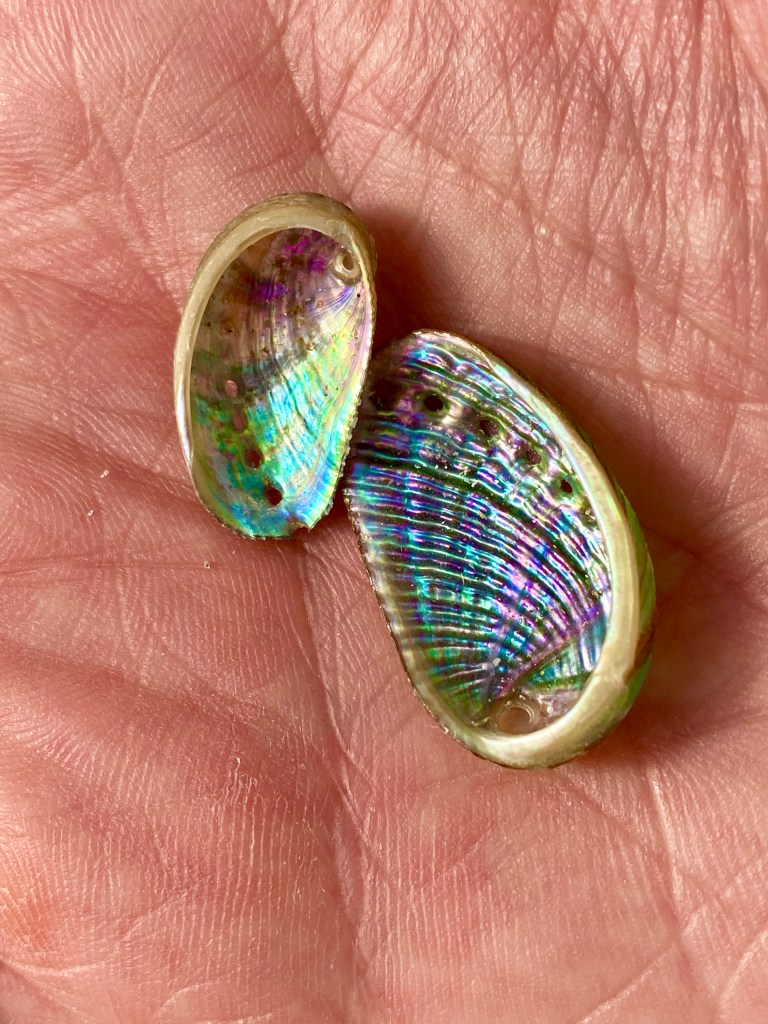

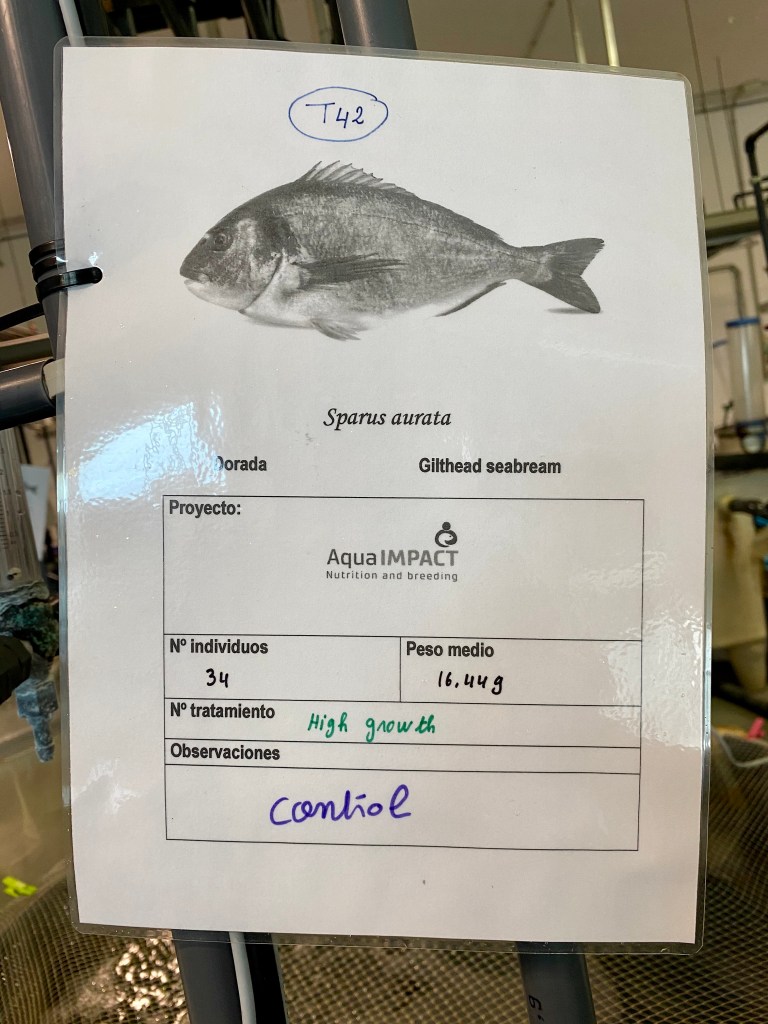
Vol.22
Quick Facts
Fun meter: Cool for learning
Location: Taliarte Marine Park
Adventure: Learning
Type: Science
Time: 1:30 min
Level of difficulty: Advanced
Good for what ages: 12 plus but Sojourn had fun
Cost: One favor. This is a private research facility (sorry).
Overview
I visited an active abalone research farm! An abalone is a shellfish with the prettiest shell you ever saw. If I was going to design money, I would use abalone shells as coins. I haven’t tasted one yet, but mom and dad say they are delicious and a delicacy. That means people pay lots of money to eat them. Which makes it a good thing to farm. Except you don’t farm them in the ground. You farm them in the ocean. That is called aquaculture. They farm fish too, and even seaweed you can eat. I thought the seaweed tasted pretty good but was too salty, which says a lot because I like salt on everything.
We met my grandpa and grandma’s friend Gercende Courtois de Viçose. That name makes her sound like royalty. She used to study and grow giant clams and octopuses (not octopi apparently, which sounds much better). Sojourn is now her biggest fan because he dreams of being a giant squid trainer. They had all kinds of projects, with huge tanks full of sea life. We also got to visit the turtle rescue center. I’ll tell you all about it in my next article.
Hypothesis
Gercende believes that they can grow abalone in a way that is good for the environment, yummy, and cheap enough to make money. More safe, healthy food and good jobs for people on the island would be awesome. Seems like a good thing to figure out. I like that her research would make our home a better place to live. Figuring out how to start a whole new business is hard work. Mom and I think science is cool and really hope they succeed. Dad just wants to be invited to the BBQ.

The Fish Tanks
Gercende took us into a huge wet warehouse full of fish. We had to put on booties to keep the fish healthy. It smelled weird because of the green bubbling algae and the fish food. These tanks don’t look like the glass fish tanks you have at home. They are as tall as Sojourn, super wide, made of shiny metal, and each one is full of hundreds of fish. Water is splashing and gurgling and rushing everywhere. The tanks are full of bubbles to help them breath and get enough oxygen. They have so many fish in the tanks that they need extra air.
They are fish farmers and testing new fish food recipes to see what grows the biggest happiest healthiest fishies. They just have to be careful because if they overdo it, we might end up with mega monsterific fish like in Fish Out Of Water. And we wouldn’t want that, would we?!? The fish moved in a circle so fast like zooooooom zoooom Zooooooooooooooooooooooooooooooooooom, never stopping. They don’t get tired.
The Canary Islands is the biggest fish producer in Spain. So this research is a big deal. They farm these fish in the sea. Here in the canaries, they grow Sea Bream and Sea Bass. Sojourn asked how they make new fish. Gercende explained that there are girl fish that lay eggs, and boy fish that have sperm and when they mix, tadah… baby fish. Lots of them. We really wanted to feed the fish, but nope, no dice. Sad kids. To keep the experiments working correctly, the fish eat on a schedule, morning, noon and night. Just like us. We got to feel and smell different batches of fish food and it kinda smells like dog kibble. They are trying to remake the food with plants instead of fish. Which sounds kind of gross if you think about it. Cannibal fish… scary. In the wild fish eat plankton, seaweed and small fish. Some fish are vegetarians and other carnivores.
They have a fish tasting panel, whose job it is to decide which crop is the tastiest. Would you like that job?
The Seaweed
In the next laboratory, we tasted edible seaweed. There were two types of seaweed, the green one and the red one. I got to try both of them and they made a nice salad but they both were a little too salty. Maybe after they get rinsed with fresh water they would taste better. I’m not sure this specific seaweed will be very popular people food but I bet the fish and Abalone will like it.
The Abalone Parents
Abalone have a mommy and daddy abalone just like you. We got to hold them and they tickle and feel slimy. They moved around just like a snail. The two I held were the size of a small plum. Gercende showed me how to tell them apart. If you lift their skirt and look at the gonad under the snail foot, the girls have a grey color and the boys are white. It takes 2 – 2.5 years for the abalone to reach peak yumminess. That is a long wait. They live a very long time, up to 40 years. During that time, it eats algae and has babies called spats.
This is a species from the Canary Islands. Where I grew up in Santa Cruz, California, we had abalone too, but those grow much bigger, almost the size of my dad’s head. Abalone have a single bright and colorful shell. You can make very cool jewelry with it.
It is quite different from muscles and clams, which I often eat. I haven’t tried abalone. Muscles, scallops and clams are filter feeders, which means they eat what floats by them. Abalone can move dozens of feet per day to hunt algae.
Want to know something disgusting?!? Abalone breath, pee and give birth from the same hole. Gross right!
The Abalone Babies
Mommy and daddy abalone release eggs and sperm into the ocean. It’s a big ocean so to time it right, they release with a specific tide and the full or new moon. They float for three days and then look for a new home on the seafloor. The eggs and babies are so tiny you can’t see them with your eye. I asked how she knows they have babies. They filter the water and then look with a microscope.
There is no sea floor in the lab. They have big tanks the size of a hot tub, full of babies! The tank has rows and rows of glass plates the size of my backpack. The babies settle on the plates, and stay if they like it. We picked off some babies and let them crawl on our hand. They were the size of my thumbnail and pretty darn cute. The abalones didn’t really like the sun, and come out when the light gets low. Gercende said they are territorial, which means they have a favorite spot and don’t like to share. Like Sojourn when he is playing video games.
The tanks had other critters like sea anemones and tiny crabs. They filter the water for the tiny babies to remove predators, but once they get bigger, they are hardy and use straight sea water. They are trying to figure out the perfect number of abalone per plate. When you are farming, you want the biggest and most animals. The more abalone on the plate, the smaller they end up. It’s a complicated math problem.
Conclusion
All science projects have a hypothesis that they are testing. Sometimes you get the answer you hoped for. Sometimes you don’t. Gercende and her team don’t know yet if they will be able to make a profitable aquaculture using abalone. Will they be yummy, healthy and good for the environment? We don’t know, but dad is excited to join them in April for the BBQ. They are optimistic and I hope they succeed.
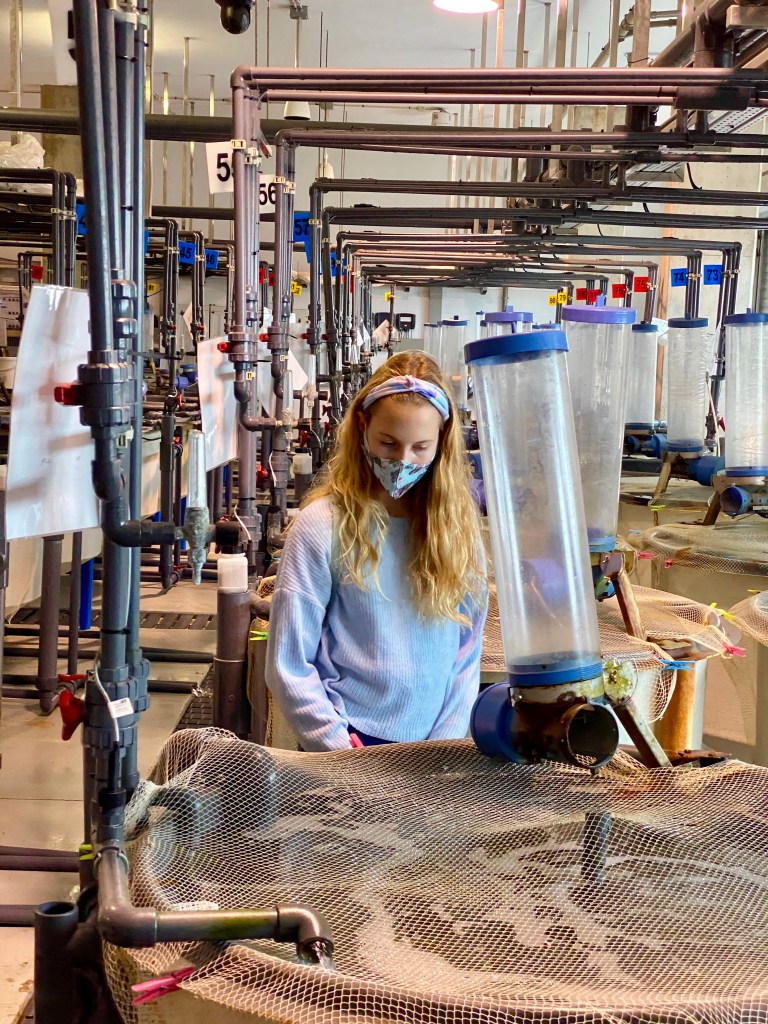

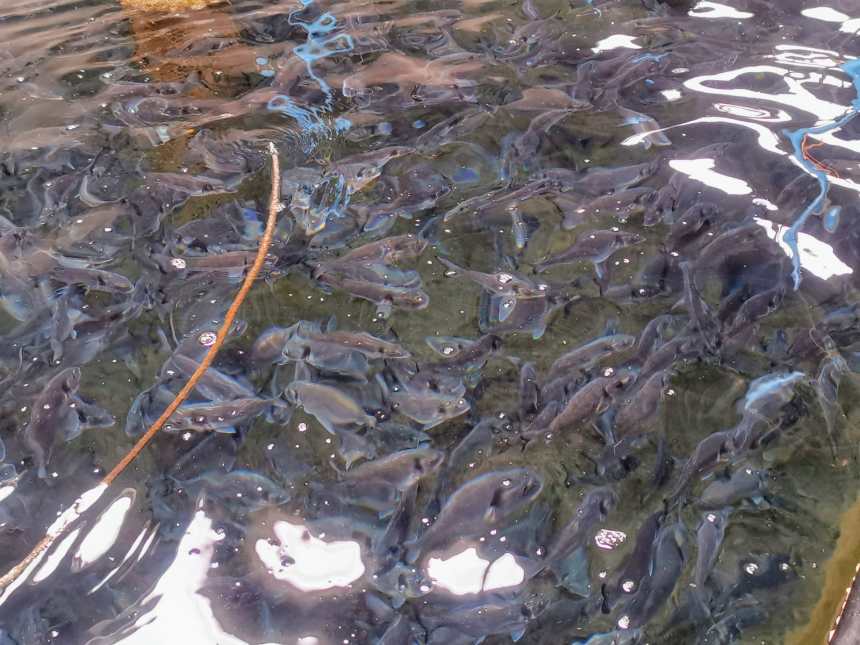

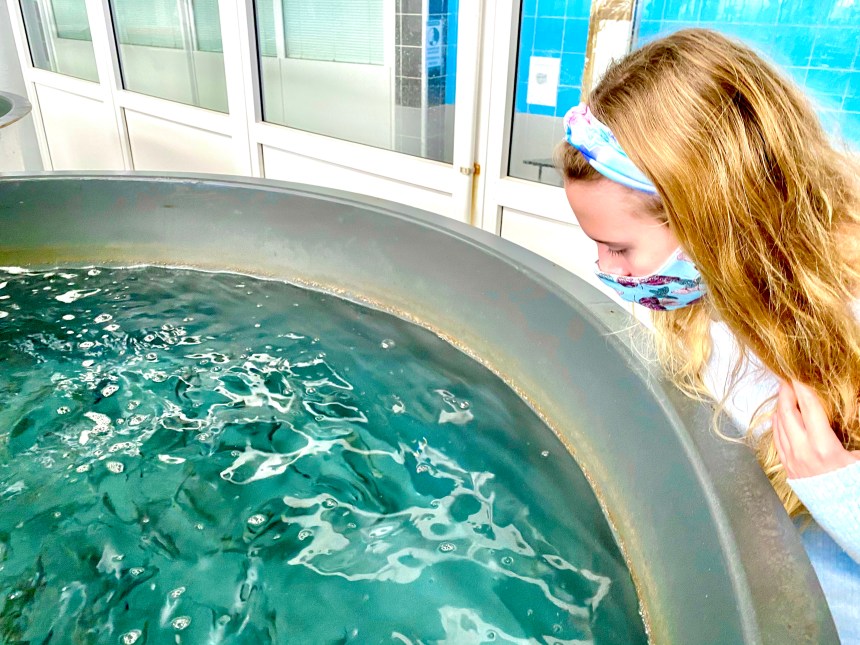



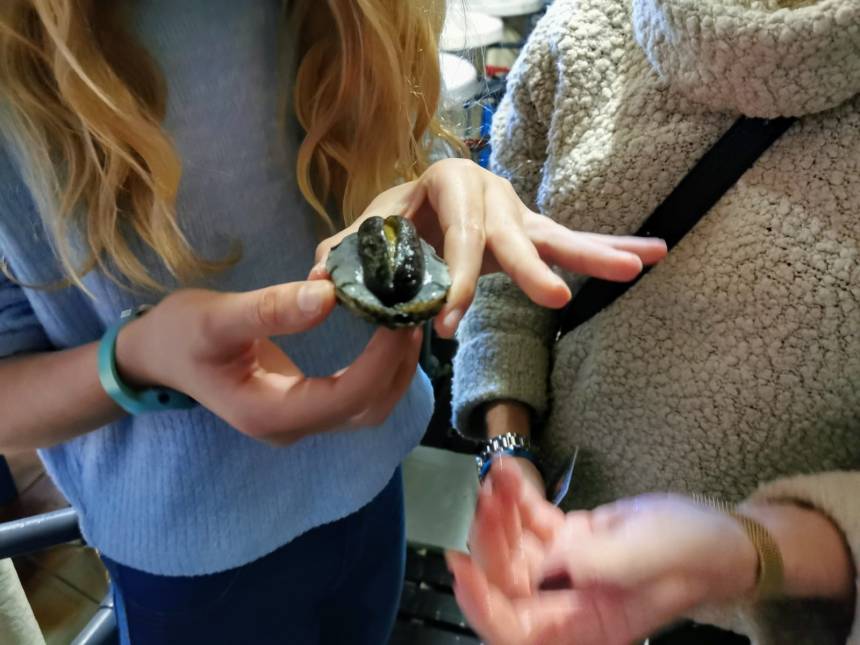

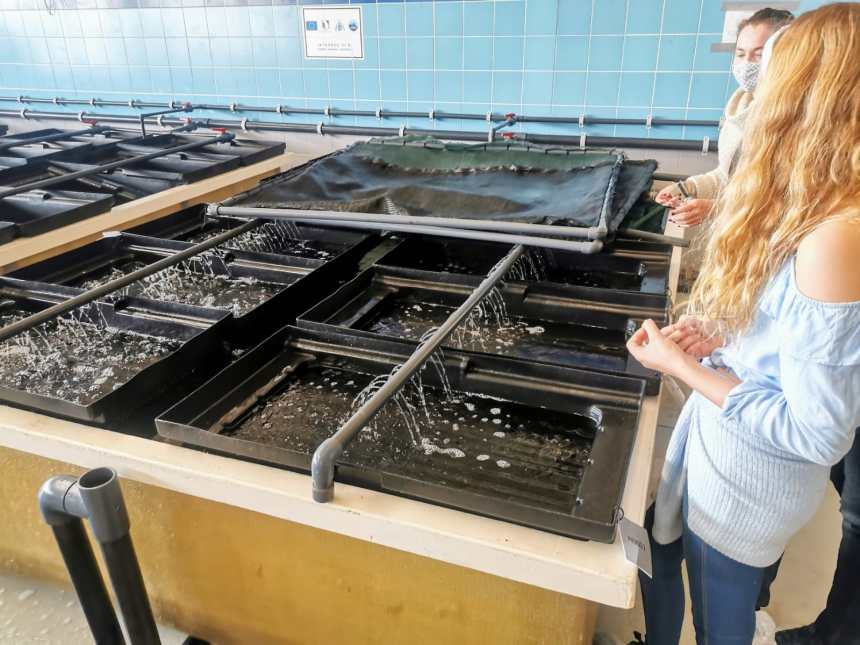
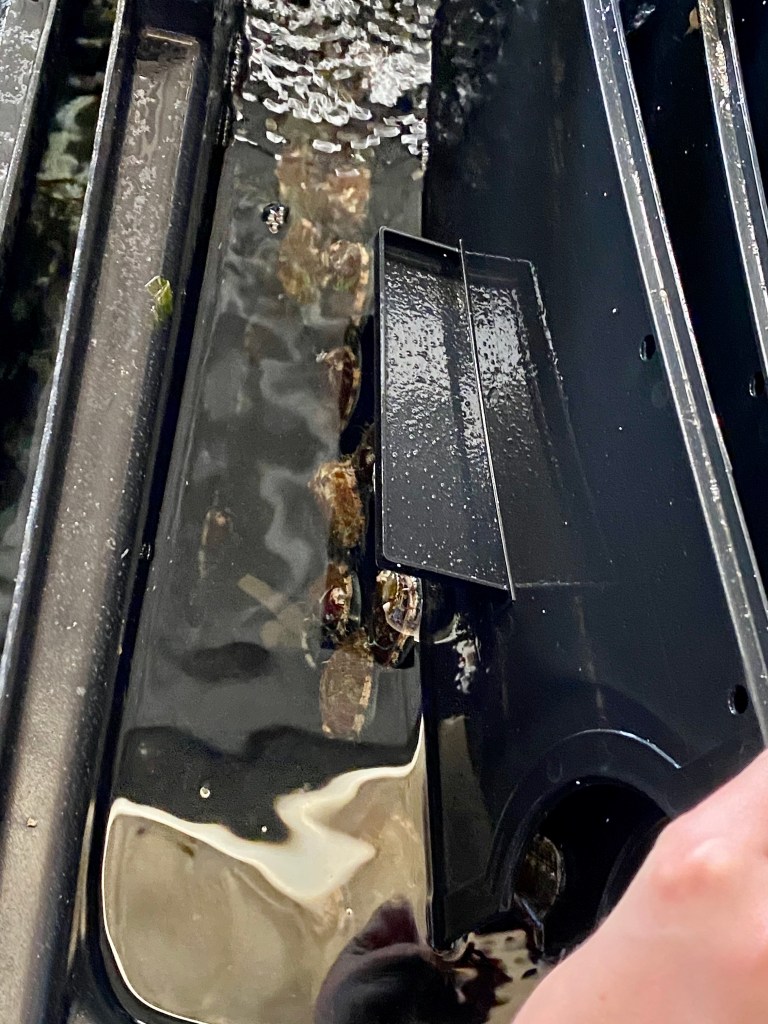


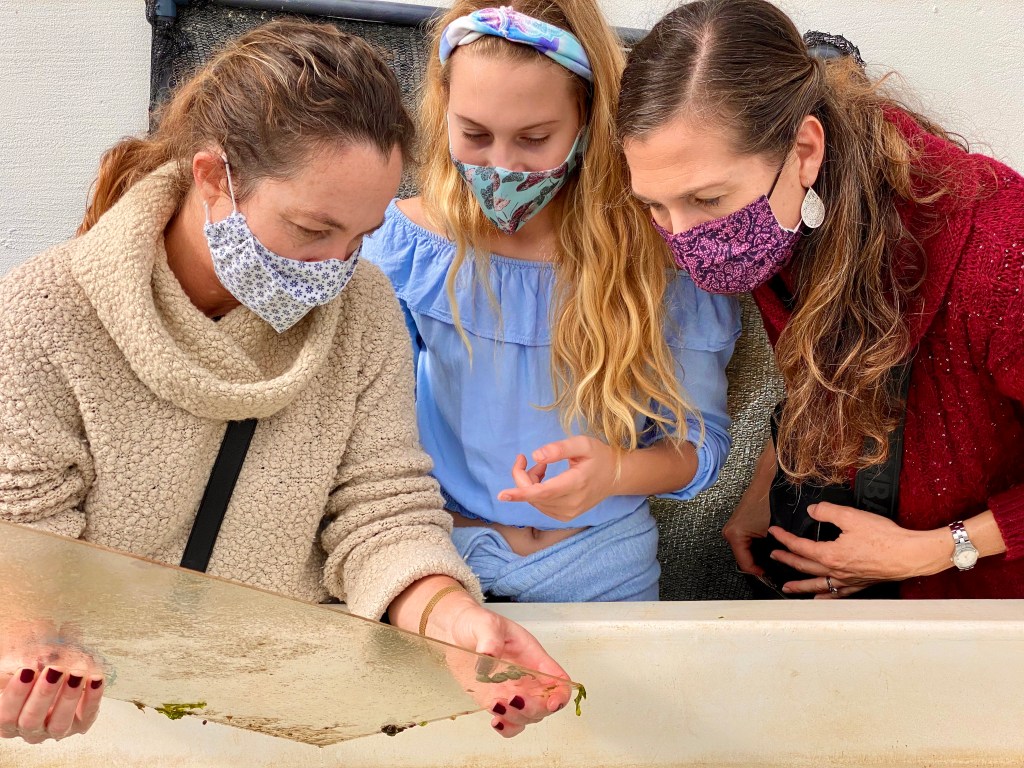


If you ever cook abalone steaks, you must be sure not to overcook them. They become tough as leather and you cannot eat them. i learned this after having cook it too long. They are expensive so you don’t want to make that mistake.
LikeLike